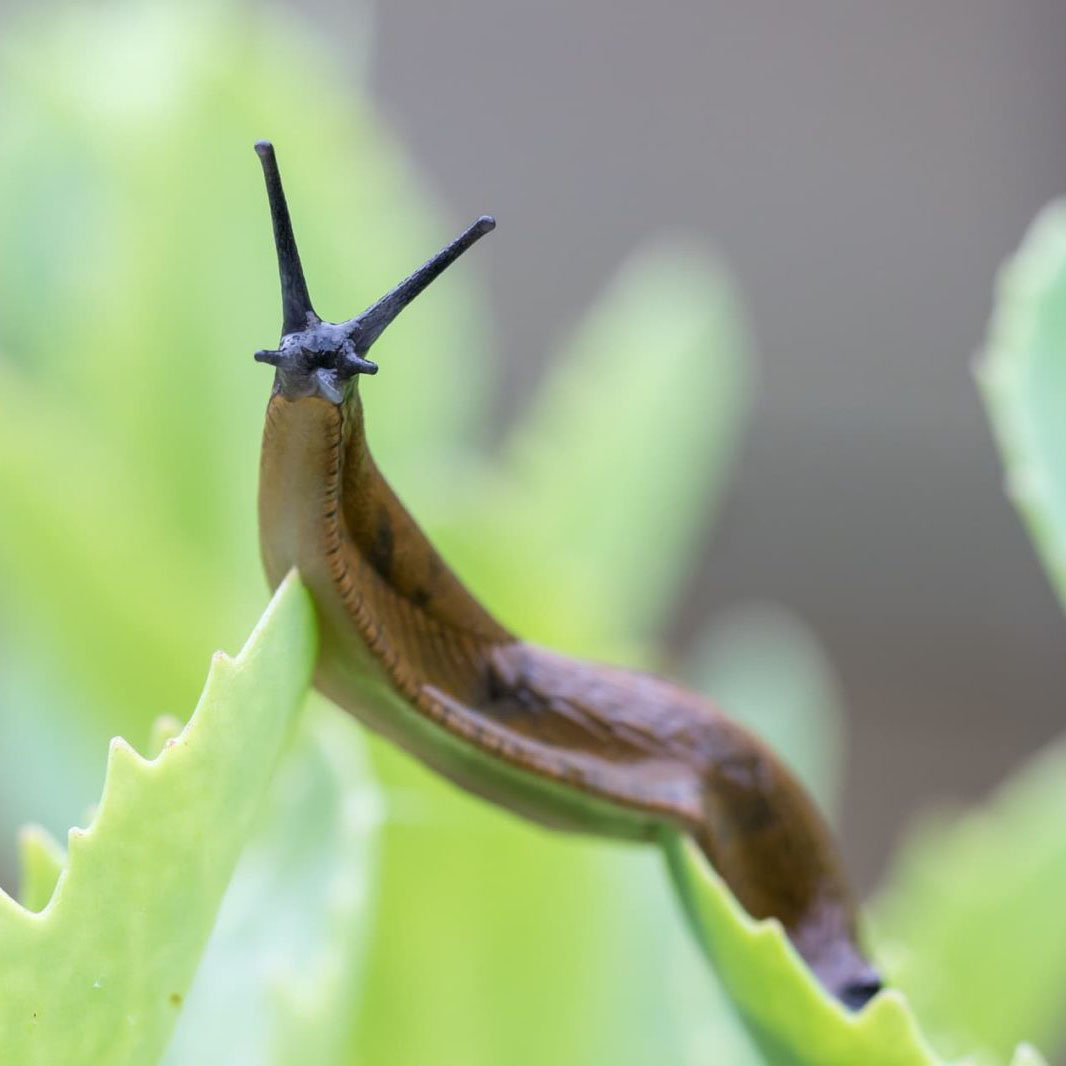Slugs and Snails
blah

Slugs and snails are invertebrates in the class Gastropoda. They are in the big family of molluscs with their cousins, the octopi. Slug refers to gastropods without a visible shell, while snails have a shell they can retract their bodies into. Nature loves making things complicated for us, and it turns out snails and slugs are not really distinct from each other in terms of genetics. There isn't a snail family that kept their shells and a slug family that comes from a common ancestor which lost its shell. Instead, different members of different branches of the gastropod family tree have reduced or lost their shells independently of each other. This process, where different lineages evolve similar traits, is called “convergent evolution.” Gastropods are extremely successful and diverse, making up 80% of molluscs, and living in all kinds of places, from the desert to the forest to hydrothermal vents blasting volcanic gases from the bottom of the ocean.
Slugs and snails are remarkably slimy organisms. They excrete a thick mucus which protects their soft, squishy bodies as they travel over rough surfaces. They also get a bad rep with gardeners as they enjoy eating many of the plants we humans do. The appearance of many land slugs is admittedly not appealing- they can look like giant globs of snot, or perhaps tiny turds. Slugs and snails are just as alien from our perspective as octopi, with their lack of limbs and independently moving eye stalks. It makes sense why many people feel a revulsion and reach for the salt when they see them. However, they have an important ecological role like any animal, and there are many species with a remarkable beauty which should please those who don't yet have love for slugs and snails in their hearts.
Do you like food that grows from the ground? Do you like a world free of giant piles of rotting plant matter and poop? Then keeping slugs and snails around is in your best interest. Snails and slugs that live on land are decomposers, meaning they eat dead, decaying things, and return the nutrients they contain to the soil with their poop, allowing new things to grow. Without these humble gastropods, nutrients would take much longer to return to the earth, and dead things would take much longer to break down. These slimy creatures are also a major food source for many wild birds, like owls and jays.
Gastropods have a wide diversity besides the typical brown, land-dwelling, plant-eating specimens. One of the most stunning groups of gastropods is the nudibranchs- tiny, shell-less sea slugs with exposed gills.
The scaly-foot gastropod, or volcano snail, is an extremely metal creature. Both figuratively and literally- it lives at the bottom of the Indian Ocean around hydrothermal vents which can reach temperatures around 400C, and its shell and scales are made up of an iron compound. This metallic armor protects the snail from extreme temperatures and toxic chemicals in its hellish environment. There is hardly any food around in this hostile place, but the volcano snail doesn't mind, because it gets its nourishment from symbiotic bacteria in its body which digest volcanic chemicals spewed by the hydrothermal vents. This species is endangered by deep-sea mining, but does not yet have protections in place.

See this link to learn more about the species.
Personally, I find snails and slugs to have a charming goofiness to them, with their wiggly eyestalks and mustached faces.

The trails gastropods leave behind look sparkly and magical, and overall these animals can have an otherworldly beauty to them. Let's end with this clip, narrated by David Attenborough, as an example: